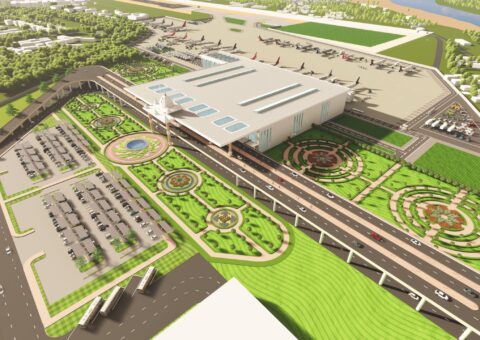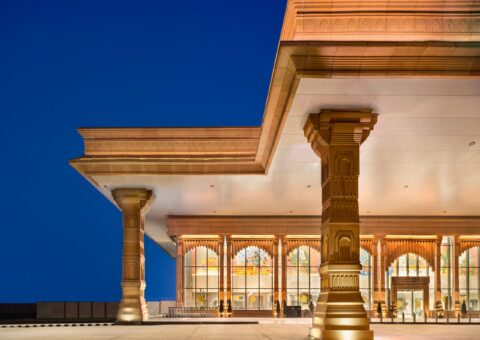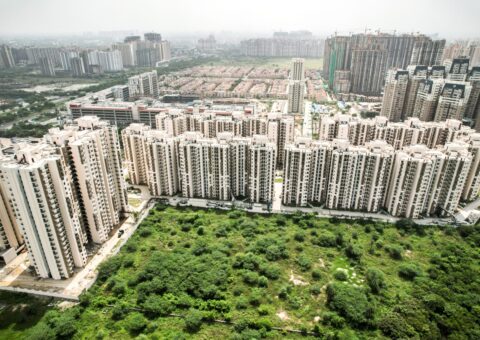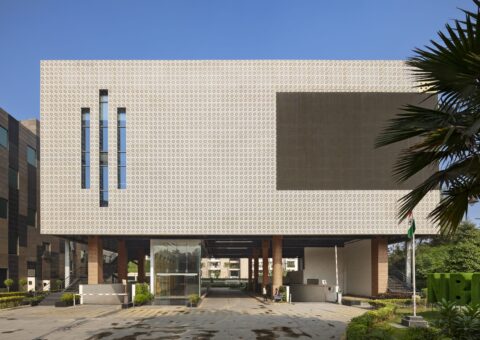A Vertical Community Exploring the Unique Social Impact of High-Rise Living
With global urbanization, we must consider city living a long-term plan and not a short-term stay.
A remarkable transformation is underway in the bustling urban city of Noida, India. With over 700 high-rise residential towers gracing the skyline and another 500 in neighbouring Greater Noida, the landscape is changing, but the impact runs deeper than the concrete and steel might suggest. These high-rise buildings are not just towering structures, they symbolize a profound shift that has touched countless lives.
The journey from the dream of a high-rise project to its realization tells a unique and compelling story. Many of these projects are brownfield developments, where underutilized infrastructure and land are reborn as modern vertical communities. This transformation is a testament to India’s innovation and resilience and a sustainable narrative of breathing new life into age-ing spaces.
The Vertical Shift
India’s path toward urbanization and modernity is no secret. Bustling metropolises, including Noida, stand at the forefront of this evolution. Global investments have poured in, setting the stage for exponential growth. By 2036, an estimated 600 million people, roughly 40% of the population, will call urban cities their home.
However, this rapid urbanization presents challenges, primarily the demand for housing, essential services, and infrastructure. Property values in urban areas have skyrocketed, creating a chasm between affordable and luxury housing, forcing many into illegal dwellings and unauthorized settlements. Encroachments on water pipelines, lake beds, and other precarious areas have led to property damage and tragic accidents. While anti-encroachment drives are necessary, they often leave hundreds of families displaced and homeless.
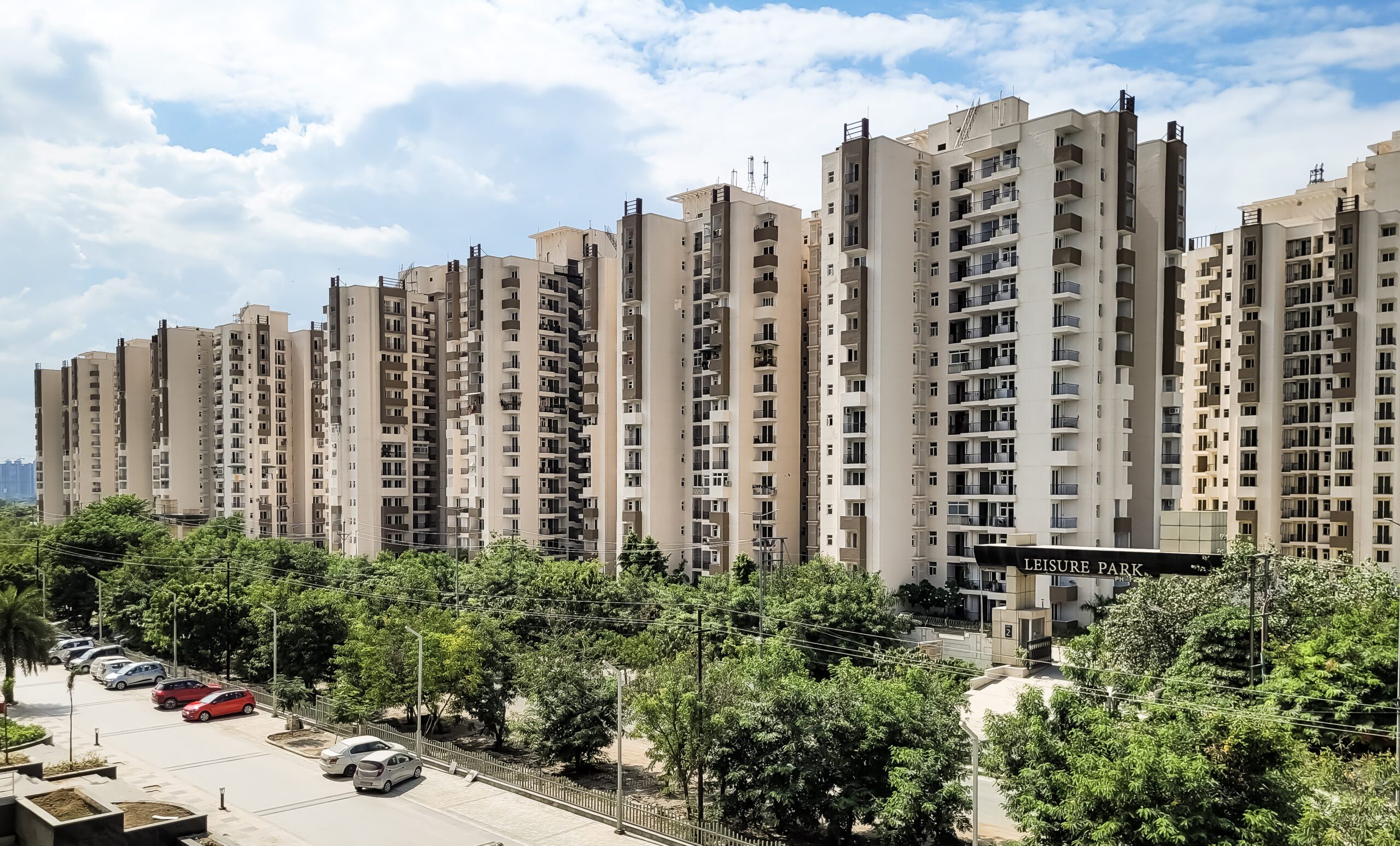
The Rise of Vertical Living
In this scenario, high-rise residential developments emerge as a beacon of hope. They address the housing crisis, facilitate community interactions, and create vibrant, integrated neighbourhoods. These vertical communities are carefully planned, featuring landscaped open spaces, sports facilities, and commercial areas, effectively becoming micro-neighbourhoods within secure gates.
One of the key advantages of high-rise living is its efficient land usage. These developments accommodate thousands of families on relatively smaller land footprints. Moreover, architects and developers prioritize sustainable and environmentally conscious designs, addressing the need for a greener future.
Building a Better Future
High-rise buildings redefine city skylines and serve as dynamic epicenters, drawing communities together. They act as powerful magnets, driving the development of surrounding areas out of necessity. These towering structures inspire the creation of essential facilities like schools, hospitals, offices, and stores and even have the potential to turn into smaller business districts.
High-rise communities have far-reaching impacts on urban planning and design by serving as an opportunity for the city to design and enhance public urban spaces. Urban parks, green corridors, and public squares promote a better quality of life for both long-time residents and newcomers. These developments shape modern city living by encouraging the efficient use of resources and orderly, well-organized communities.
This expansion, in turn, fuels the city’s growth, generating more job opportunities and fostering increased social interactions. High-rises are catalysts, attracting new businesses and stimulating the growth of public infrastructure. This, in essence, leads to improved access to public transport and various amenities, enhancing the overall quality of life for the city’s residents.
The phenomenon of high-rise living is more than a structural marvel- it’s a testament to human ingenuity and a promise of a brighter urban future. As these towers scrape the sky, they also lift the quality of life for those who call them home, offering not just breathtaking views but also a sense of well-being. These vertical communities are symbols of innovation, resilience, and adaptability. In a rapidly changing world, they represent the future of urban living that soars high, rich with opportunities.
